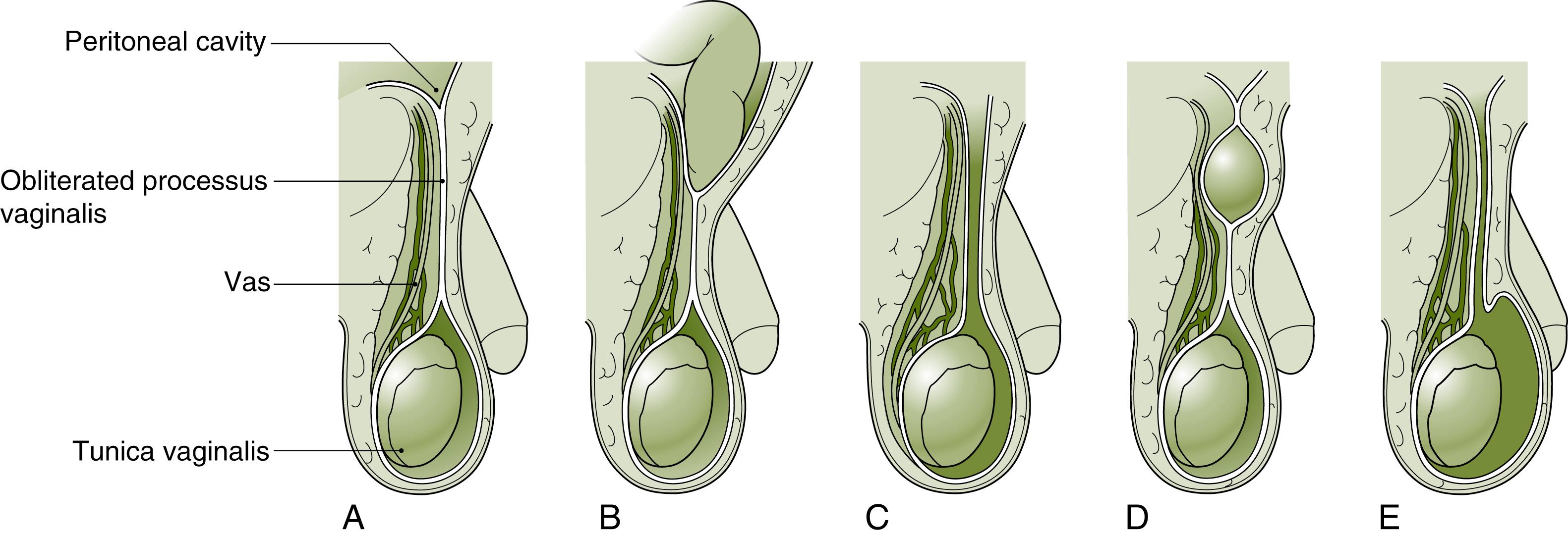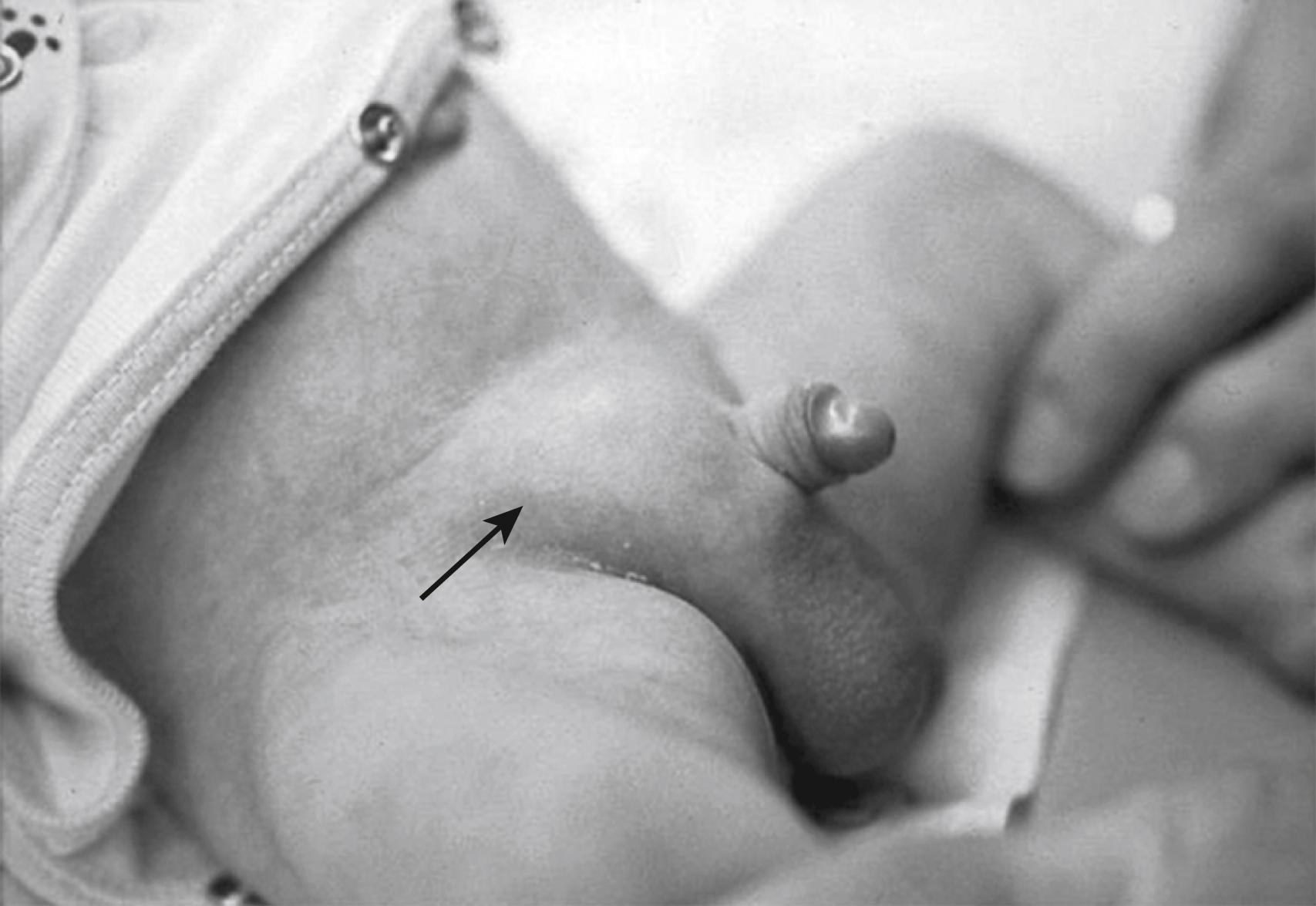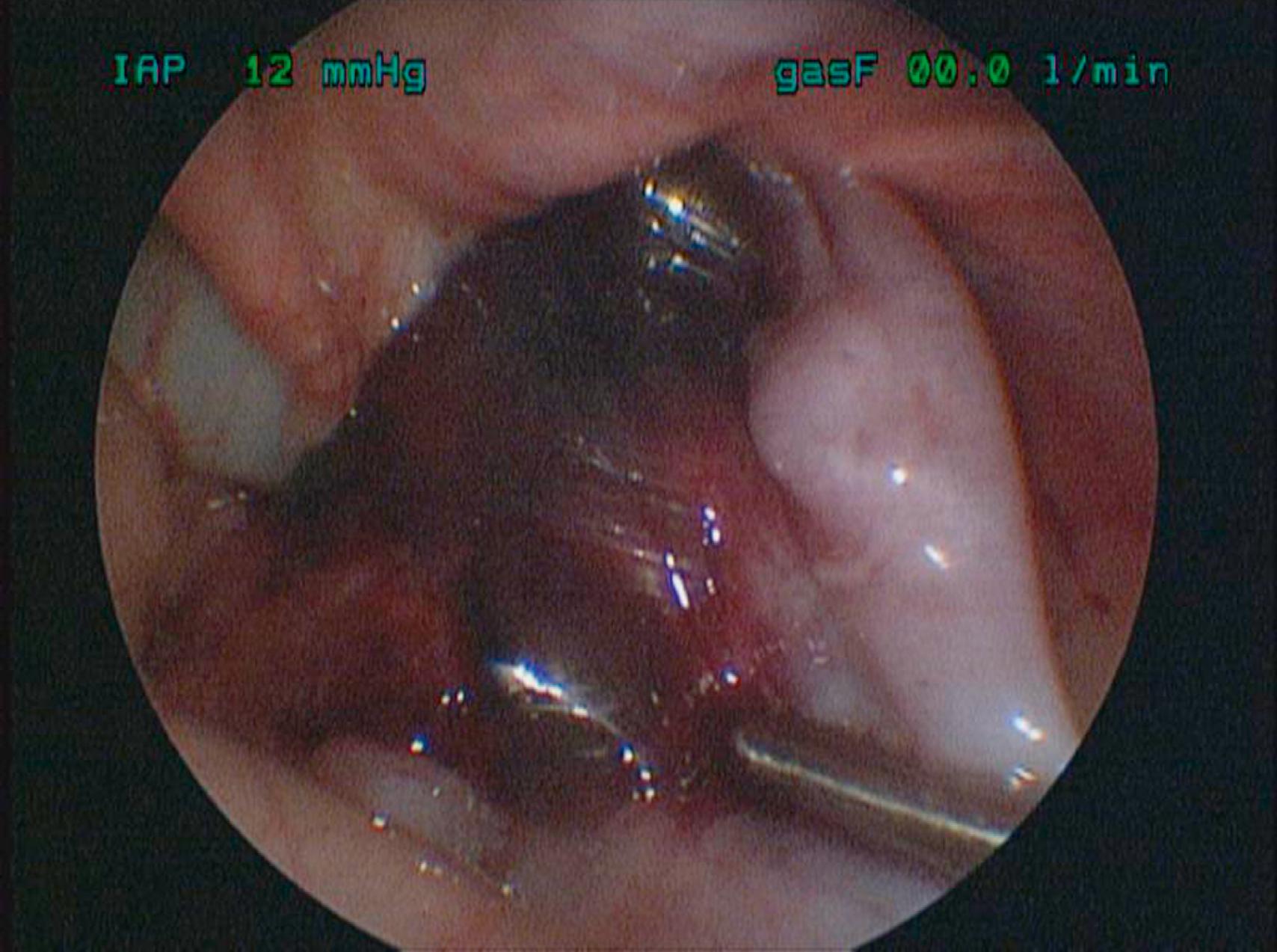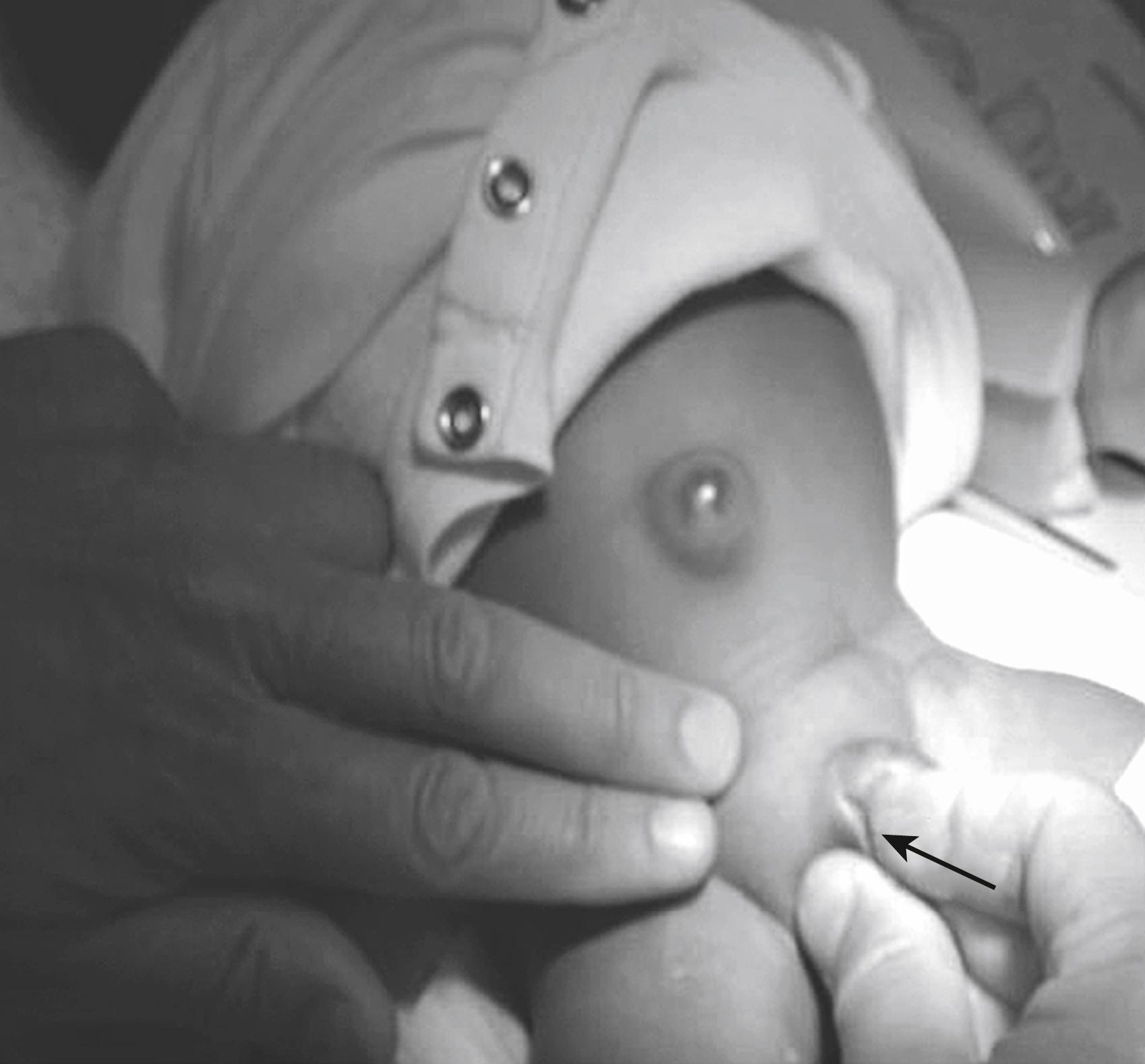Physical Address
304 North Cardinal St.
Dorchester Center, MA 02124
Inguinal hernia repair is the most common surgical procedure performed by pediatric surgeons. A hernia can be thought of as protrusion of contents through a defect or opening. The many different types of hernias found in children are defined by their location. An epigastric hernia is protrusion of preperitoneal fat through a small defect in the linea alba and presents in the midline above the umbilicus. An umbilical hernia is the protrusion of intraabdominal contents, either intestine or omentum, through a defect in the umbilicus. An inguinal hernia is the protrusion of intraabdominal contents through the internal and external rings of the inguinal canal. The contents of an inguinal hernia can be omentum, intestine, or ovaries in female patients. Inguinal hernias in adults and children are described as being either direct or indirect, depending on the location of the hernia in reference to the epigastric vessels. An indirect hernia is lateral to the inferior epigastric vessels and a direct hernia is medial, with contents protruding directly through a defect of the abdominal wall. Only 1% of inguinal hernias in children are direct.
The incidence of inguinal hernias is 0.8% to 5% in children. , The incidence increases with lower gestational age and can be close to 30% in premature infants weighing less than 1 kg. The male-to-female ratio is 5:1 and the majority (75%) are right-sided hernias. ,
The processus vaginalis is the inner lining of the abdominal cavity, or peritoneum, which is pulled through the internal, then external, ring along with the testicle during its descent into the scrotum during the 7th to 9th month of gestation. After this, the processus should close, or obliterate in the canal, and becomes the tunica vaginalis, which surrounds the testicle. When the processus does not obliterate, the result is a “patent processus,” or PPV. A patent processus results in either an indirect hernia, if intestine or other intraabdominal organs slide into it, or a communicating hydrocele, if its opening is only big enough to allow fluid to pass through. A hydrocele can also be noncommunicating, with fluid enclosed, either around the testicle in the tunica vaginalis or in an enclosed sac of the spermatic cord. In females, the processus vaginalis, known as the canal of Nuck, communicates with the labia majora, and when it remains patent it can house intestine or, more commonly, the ovary as the hernia contents ( Fig. 52.1 ).

Of interest, a patent processus alone is not an indication that a clinically significant hernia will appear. Often a patent processus can be noted at the time of surgery for other reasons, for example, during an appendectomy, but the patient has never exhibited signs or symptoms of a hernia. One recent study evaluated the incidence of symptomatic hernia after the incidental diagnosis of a PPV at the time of surgery for other reasons. The study included 416 patients, of which 9.1% were diagnosed with a PPV. Of those, only 10.5% presented with symptomatic hernias. Why some children with patent processus found incidentally never become symptomatic is unknown.
Evaluation for a hernia is the most common reason for referral to the surgical clinic. The clinical presentation of an inguinal hernia is usually a bulge in the groin ( Fig. 52.2 ). This can extend to the scrotum or the labia in girls. Often the bulge is noted with crying or stooling in an infant or increased activity in an older child. A hernia in a child is always thought to be congenital but can present at any age. The history may be that of a mass or bulge that comes and goes. The examiner should keep in mind the differential diagnosis of a testicular tumor, a hydrocele, a retractile or undescended testicle, or inguinal lymphadenopathy. It may be difficult to differentiate, especially in infants, between an inguinal hernia and a hydrocele. Two clues as to the true diagnosis can be found when examining the patient. A hydrocele can usually be completely excluded from the inguinal region, leaving a flat groin, with the fluid trapped downward toward the testicle. A hydrocele is also asymptomatic, unless extremely large. A hernia cannot be flattened out at the ring, and if it cannot be reduced, it can be very tender. Transillumination is often discussed when attempting to differentiate between a hydrocele or hernia, but this technique is not specific, and fluid in an incarcerated bowel loop can transilluminate and fool the practitioner into thinking a hydrocele is present. Ultrasound can be helpful in attempting to evaluate the contents of a groin bulge. Peristalsis on ultrasound would confirm the hernia.

Many times the history of a bulge is provided by the parent but the physical examination does not reveal a hernia. Sometimes it helps to attempt to tickle or bounce an infant or have older kids do jumping jacks or blow into a glove as if they are blowing up a balloon to try to reproduce the hernia. Ultrasound in this instance is rarely helpful. Although there are reports of ultrasound measuring the size of the inguinal ring to predict the existence of a patent processus, this method is user dependent and not adopted in most centers. , Many surgeons will not operate based on history alone, so a follow-up visit or a photograph of the groin bulge from the parent may be warranted.
The clinical presentation of an incarcerated hernia can be very different. Incarceration results when intestine becomes stuck in the canal. This can lead not only to a bowel obstruction but also to ischemia of the entrapped intestine or the affected testicle ( Fig. 52.3 ). This scenario can present clinically with nausea, vomiting, and abdominal pain; thus, any child with those symptoms should be examined for an inguinal hernia. The incarcerated hernia is often painful and can be red, swollen, and hard.

Many surgeons have different opinions about how to reduce an incarcerated hernia. Some will advocate for sedation, but all would agree that an incarcerated hernia must be reduced and if it cannot be, an immediate trip to the operating room is warranted. Keeping the child calm and relaxed can be difficult, but it is helpful when attempting to reduce a hernia in the office or emergency room. The most common mistake is to attempt to push the intestine toward the abdomen, which just causes pain and usually does not yield successful results. The best way to reduce an incarcerated hernia is to actually squeeze the contents of the hernia, with one hand, while pressing downward at the ring with the other, thus squeezing out the fluid that may inhibit the reduction, and aiming the intestine in the direction of the canal ( Fig. 52.4 ). This is done in a posterior and lateral direction. If sedation is required for reduction, the patient should be admitted for observation and the repair performed within 24 to 48 hours.

Become a Clinical Tree membership for Full access and enjoy Unlimited articles
If you are a member. Log in here